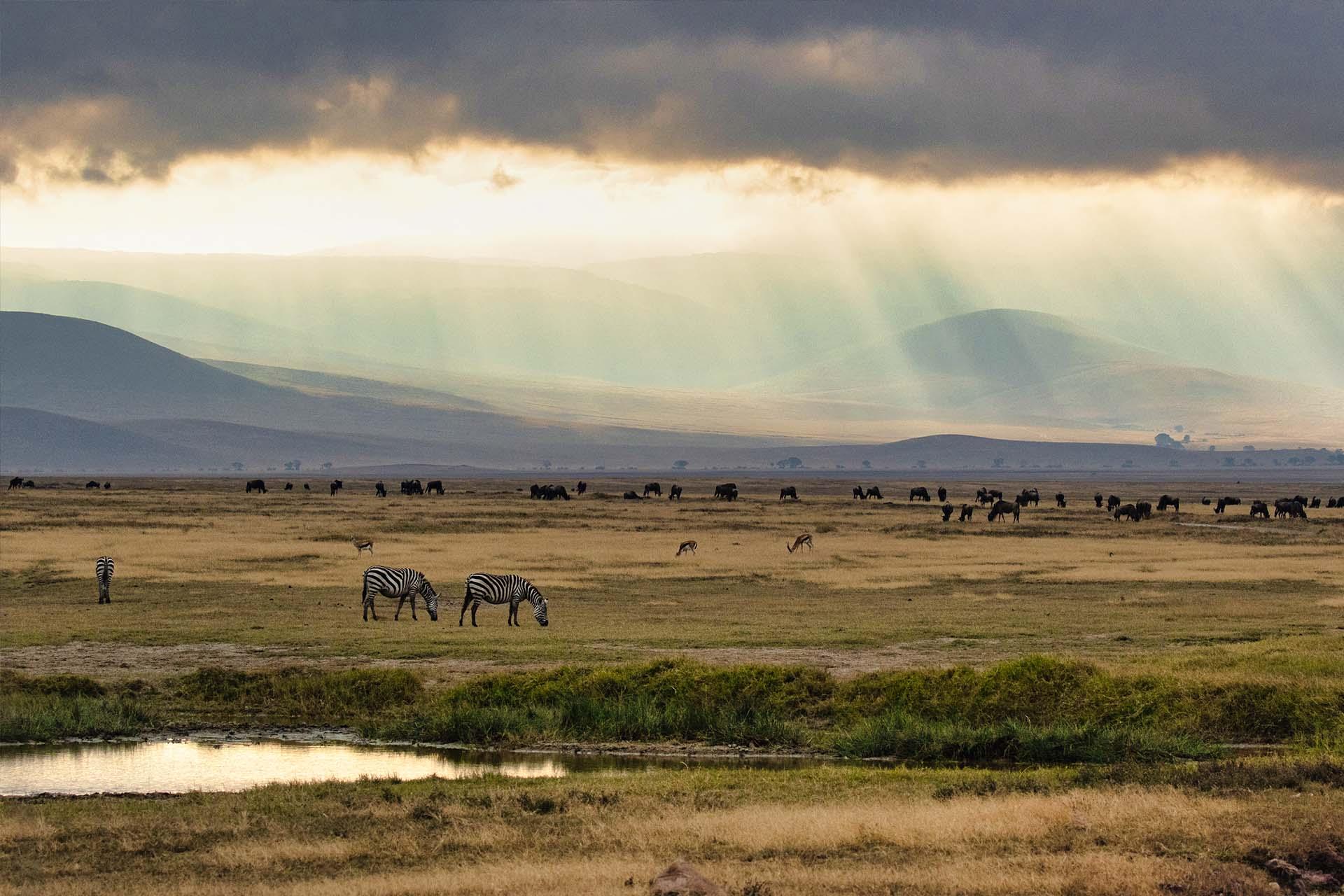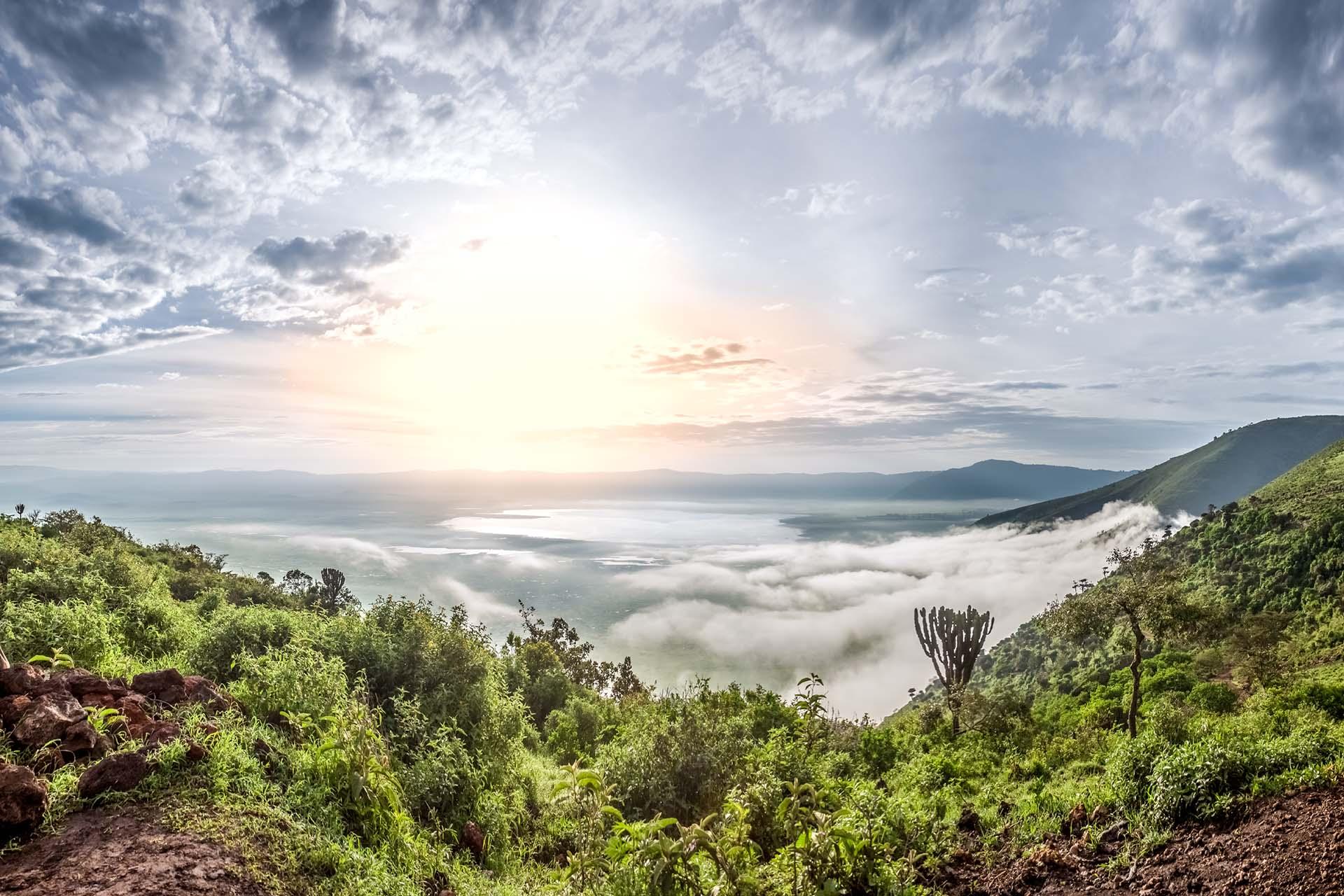Ngorongoro Conservation Area
The Ngorongoro Conservation Area is home to the famous Ngorongoro Crater which is the largest intact volcanic caldera on the planet, and a World Heritage Site. The Ngorongoro Crater floor, 610 metres below the crater rim, has an area of 304 square kilometres, with a diameter of 19 km.
A wildlife wonderland, home to tens of thousands of plains animals, including wildebeest, zebra, gazelles, elands, and a large predator population of lions, hyena, jackal, and of course the critically endangered Black Rhino. Those seeking to see the 'Big 5' while in Tanzania may be lucky to view all five during a visit to the Ngorongoro Conservation Area.
The rainy season is between November and May. The altitude at the crater rim is about 2286 metres above sea level, and temperatures can get quite chilly in the evening, especially between May to September.
We follow the migration with our Migration Camp. From North Serengeti, down to the South. When in the South, we set up camp in Ndutu, part of the Ngorongoro Conservation Area, just out of the Serengeti.
A very special place, and a must visit!
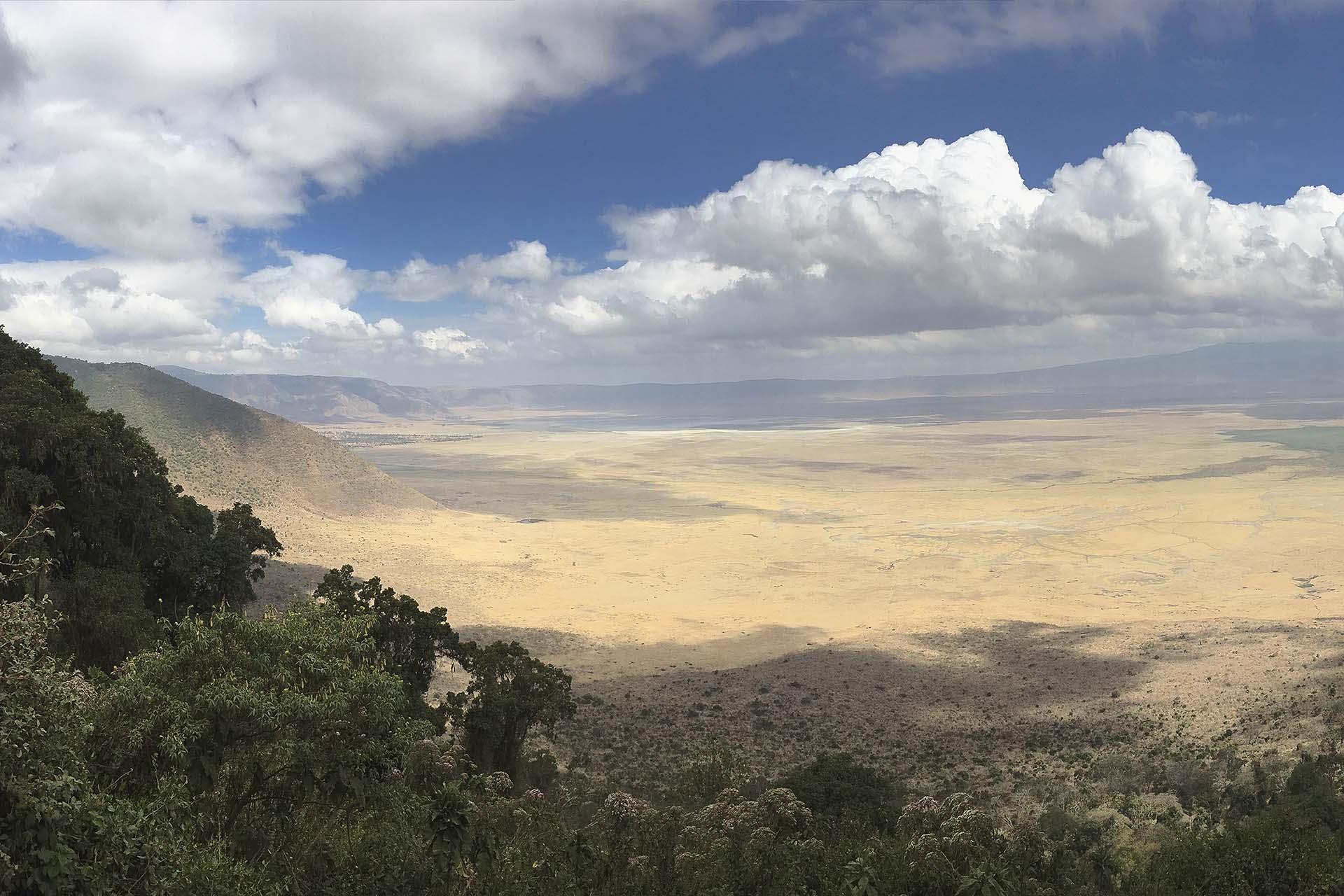
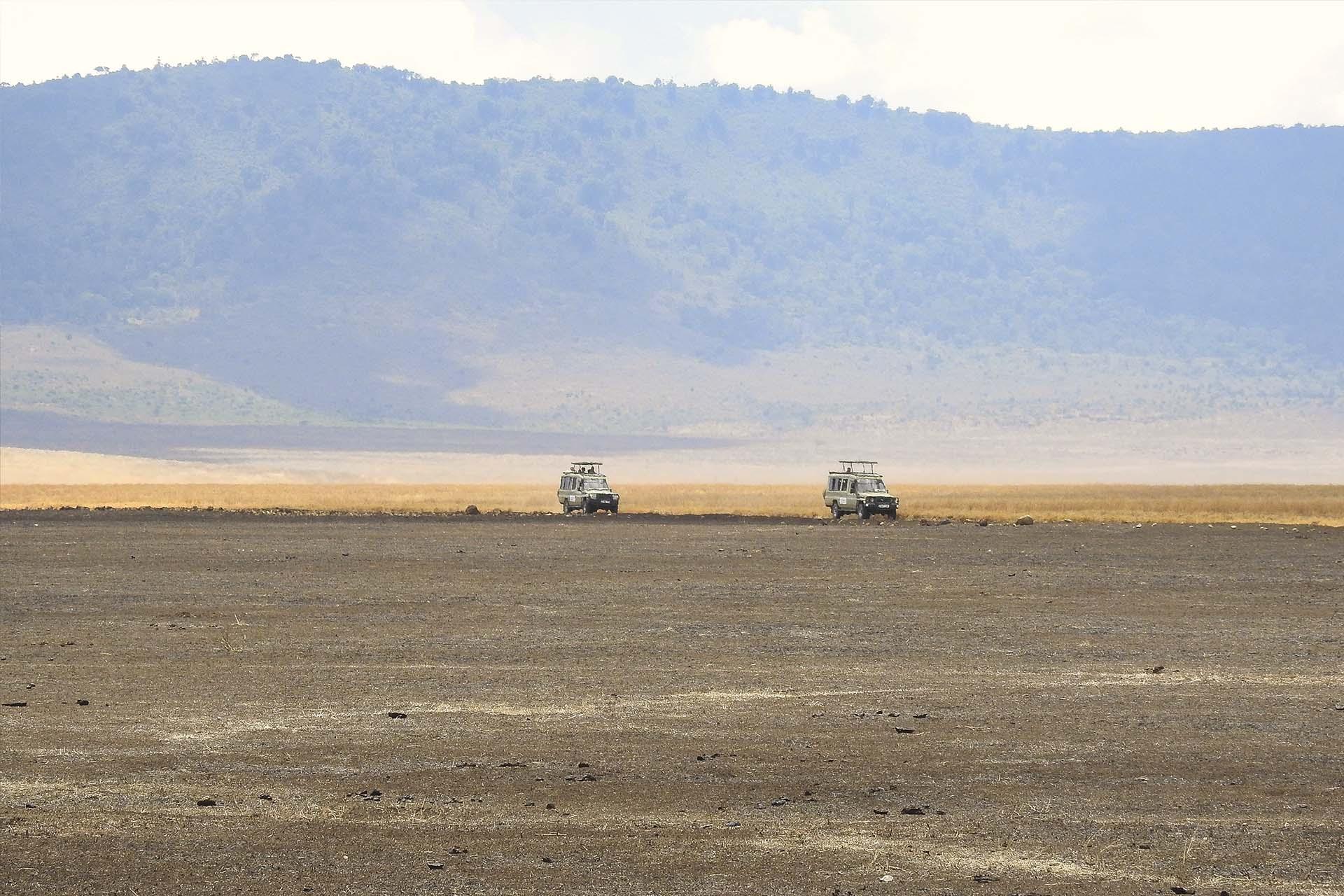
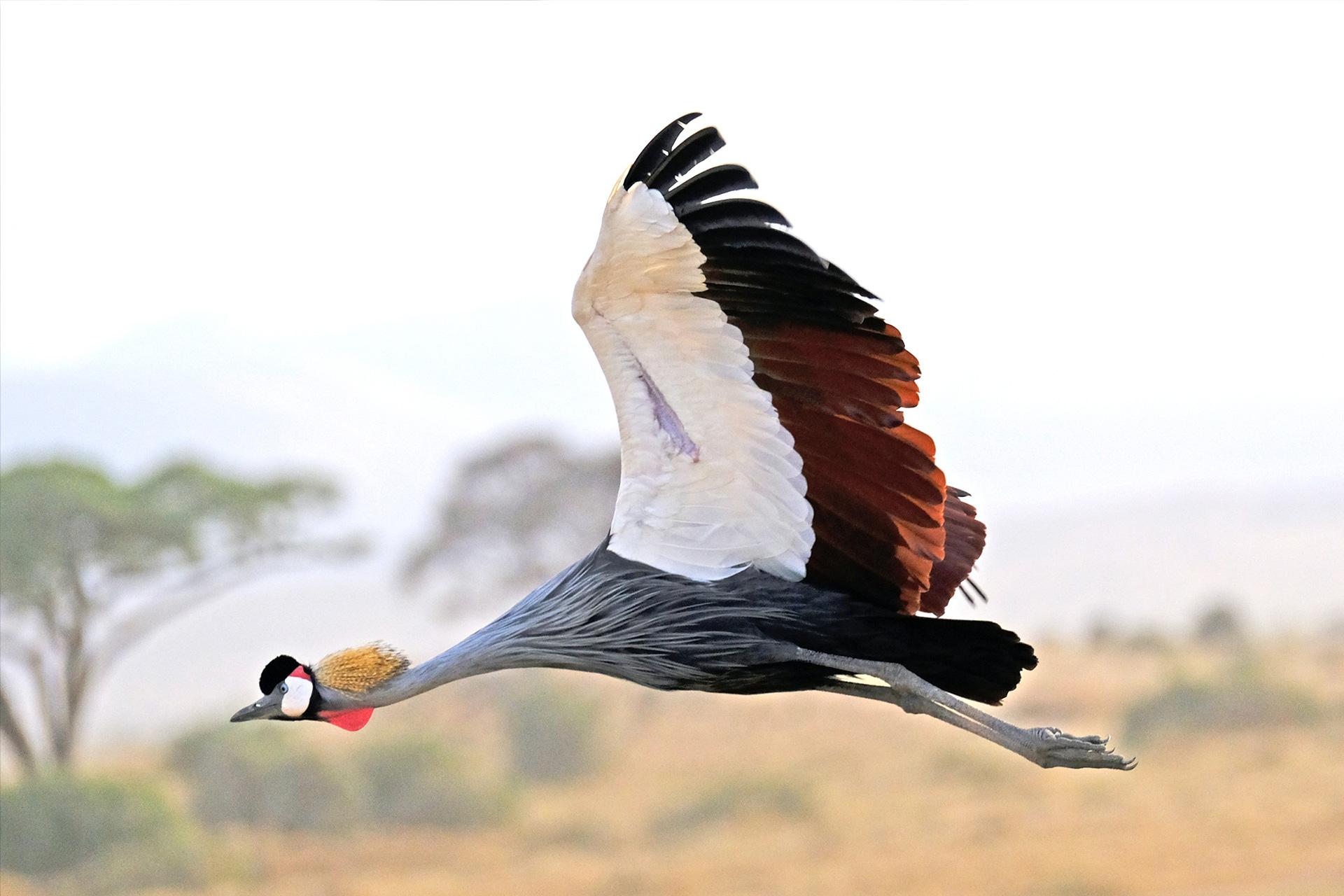
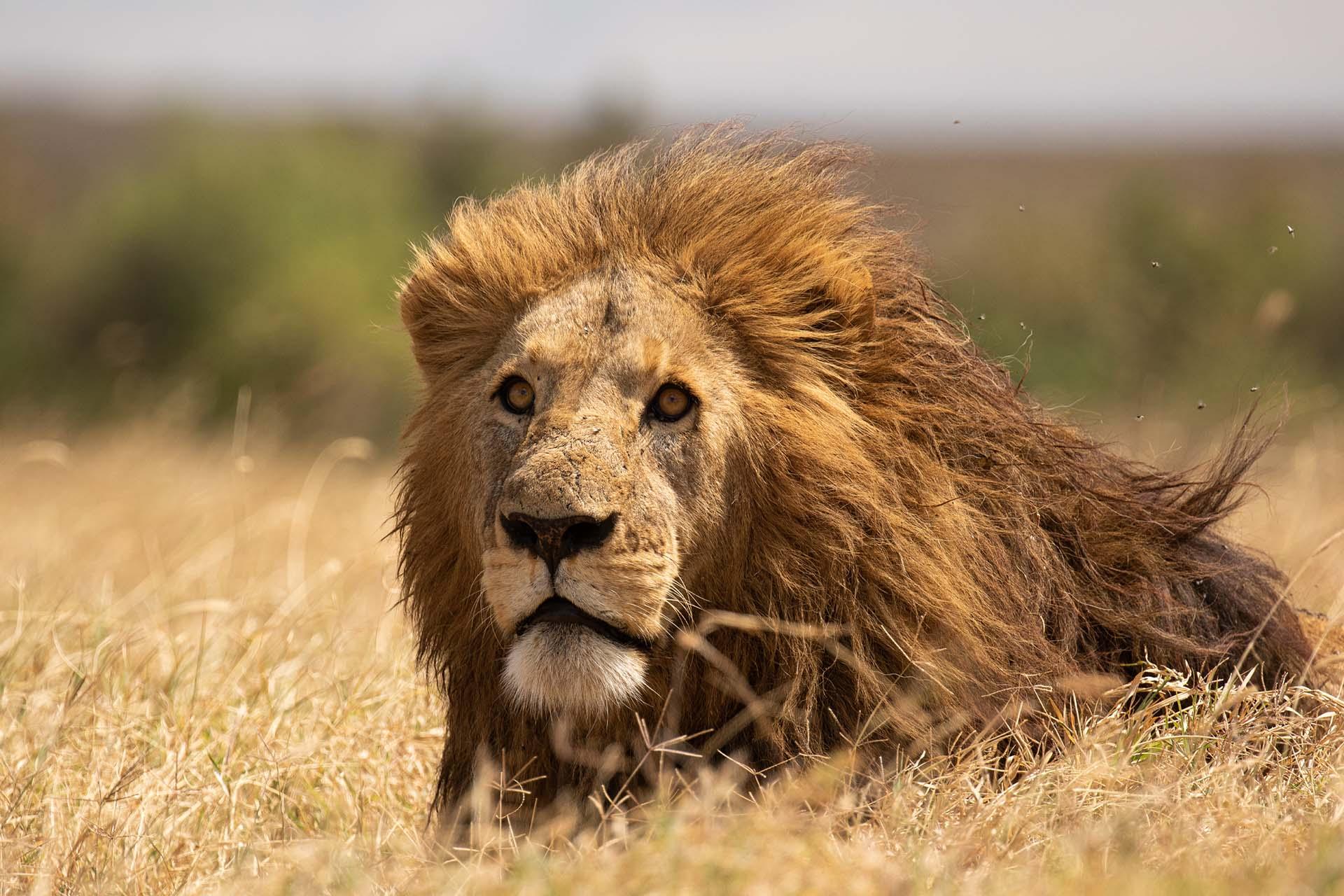
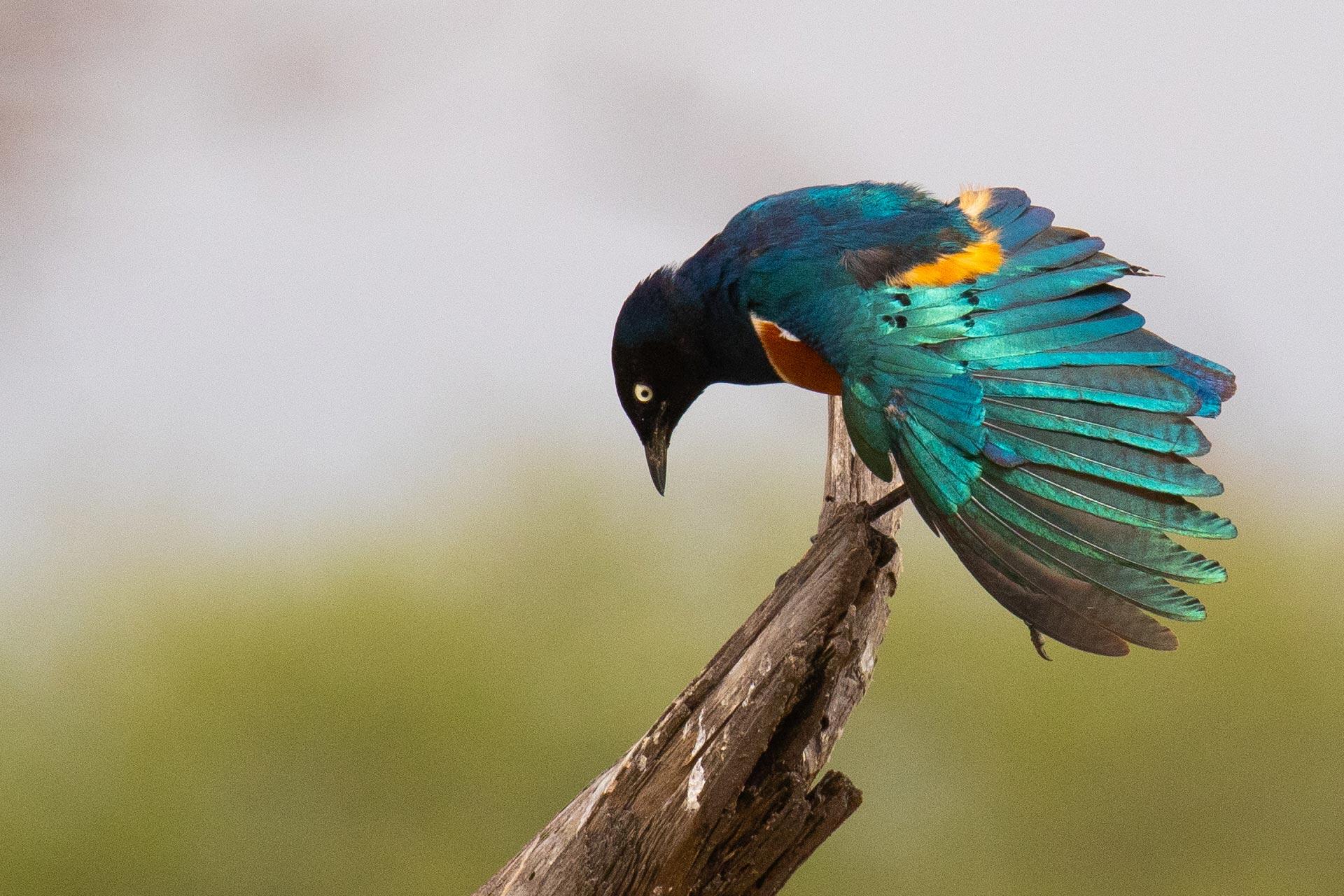
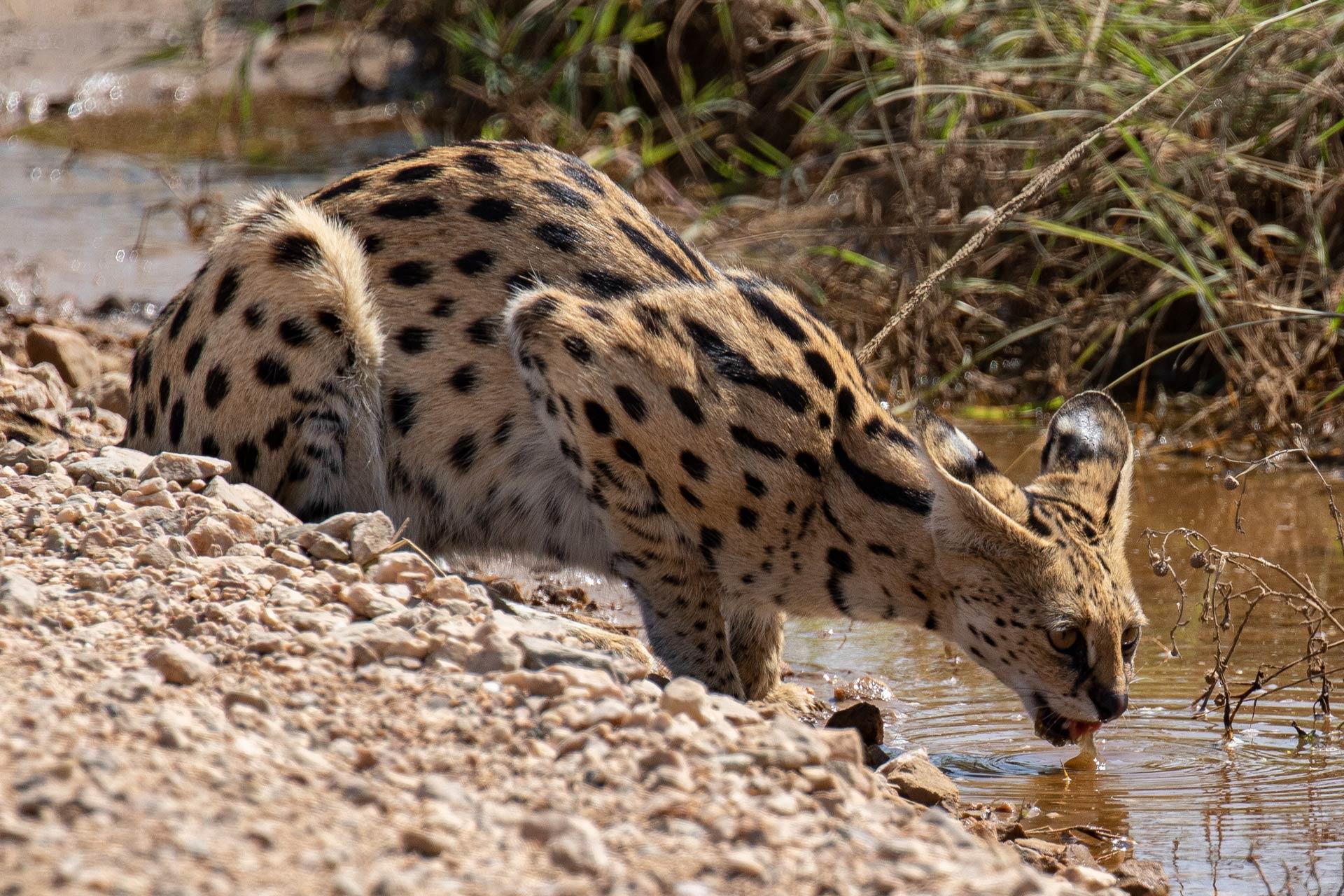
Memories for a lifetime
